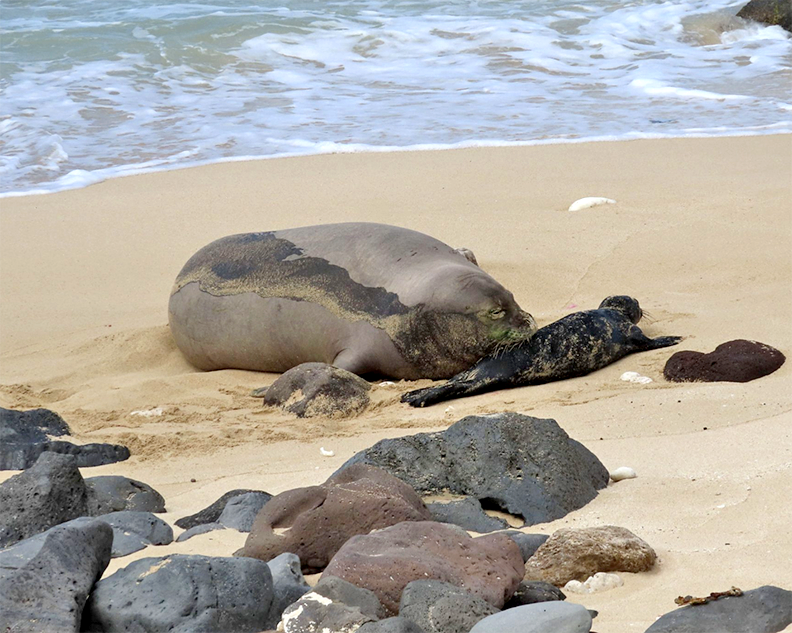By Jan TenBruggencate
The concept of sustainability can only be efficiently discussed if the concept of sustainability is broadly understood.
It is far more than extracting as much from the environment tomorrow as you did yesterday. Or harvesting as much three generations from now as we did three generations past.
It is certainly about retaining a capacity to perform, to remain productive. But not only that. Too narrow a definition can yield unacceptable results.
Bulldoze an Indonesian native jungle to plant oil palms, and the land is still “productive” and may be able to produce palm oil for many generations. Sustainable? Consider what was lost: the vast biodiversity of beetles and snails, birds and bats, red apes and civets, and forest plants from fern to fig to big hardwoods.
In their classic 1972 volume, “Native Planters in Old Hawai`i,” E.S. Craighill Handy and Elizabeth Green Handy, with Mary Kawena Pukui, referred to a much deeper association between humans and the islands than simple productivity.
They referred to the “organic relationship between people and their land—one might say biological as well as psychological.”
They suggest that the very difficulty of surviving leads to an “awareness of the preciousness of living against such odds, which in turn renders precious the very features and forces of nature against which or in league with which one struggles for survival.”
Many old Wisconsin farms retain a chunk of hardwood forest. It is sometimes, but not always, a steep or rocky or swampy section that wasn’t amenable to the plow. But what it lost in the ability to produce corn and oats and alfalfa, it made up with firewood, building timber, berries, deer and turkeys.
And a peaceful place to sit and think. And an untilled hilltop for burying departed family members.
If you have a home garden, you certainly want to manage it for optimum harvest capacity. But take a step back and look at the wider environment. Outside the garden, are there flowers for pollinators, perching places for birds, spots where you can sit in a tree’s shade out of the midday sun?
A team of University of Hawai`i researchers recently reported on an extensive study of the submarine canyons of the Islands. They found that marine life was much more diverse as well as more dense in the undersea valleys than on the flats.
Why? Currents were channeled in those canyons. Nutrients in the water column tended to settle there. The many microhabitats created by the changing depths and geological complexities promoted different kinds of marine life. And a lot of the vegetative material washed from the land—nuts, branches, leaves, and so forth—ended up there, decaying and creating a nutrient-rich environment.
The submarine canyons, at some level, promote diversity.
And diversity feeds sustainability.
Sustainability is more than passing on the ability to produce, and is more about the ability to pass on all the qualities.
At some level, sustainability is all about diversity.
Discover more from ForKauaiOnline
Subscribe to get the latest posts sent to your email.




Leave a Reply